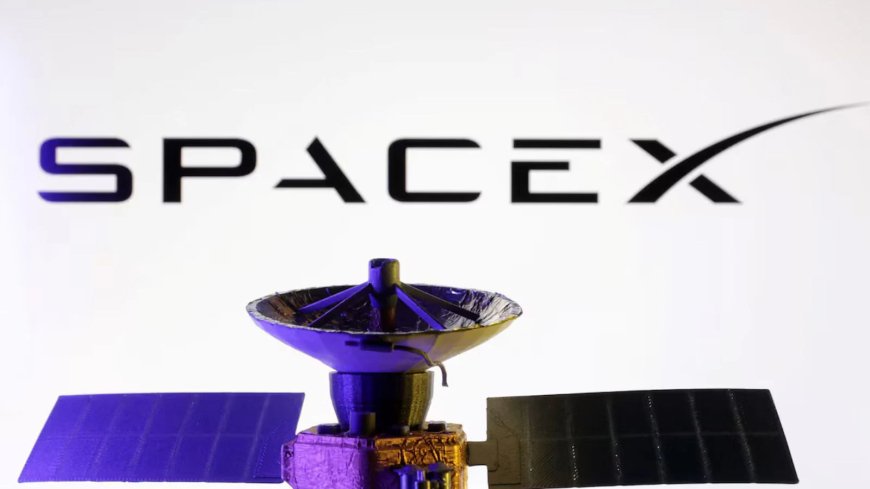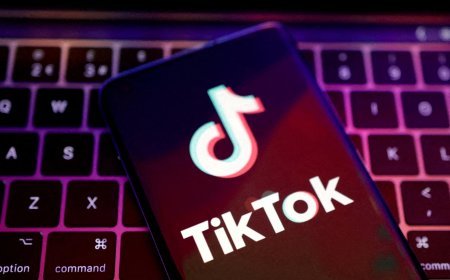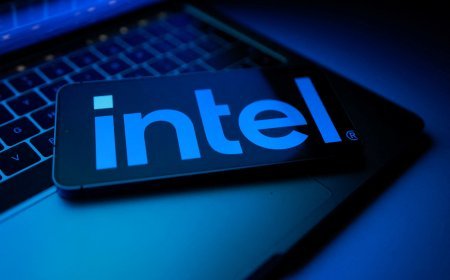SpaceX’s $17 Billion Spectrum Acquisition to Supercharge Starlink’s Global Reach
his article explores SpaceX’s recent acquisition of wireless spectrum licenses from EchoStar for $17 billion, a strategic move to enhance Starlink’s global broadband capabilities. It delves into the deal’s significance, its impact on providing high-speed internet to underserved regions, and the broader implications for SpaceX’s position in the telecommunications and space industries. The article also examines how this acquisition aligns with SpaceX’s mission to bridge the global digital divide and the potential challenges ahead in deploying these new capabilities.

SpaceX, the aerospace giant led by Elon Musk, made headlines by acquiring wireless spectrum licenses from EchoStar for a staggering $17 billion. This monumental deal is set to bolster Starlink, SpaceX’s satellite-based internet service, by expanding its capacity to deliver high-speed, low-latency broadband to users worldwide, with a particular focus on underserved and remote regions. As the demand for reliable internet grows, this acquisition positions SpaceX as a formidable player in the global telecommunications market. But what does this deal mean for Starlink’s future, and how will it shape connectivity for millions?
The Deal: What’s at Stake?
The acquisition involves wireless spectrum licenses, which are critical for enabling high-capacity data transmission. Spectrum, often described as the "invisible highways" of wireless communication, allows Starlink’s constellation of low Earth orbit (LEO) satellites to transmit data more efficiently. EchoStar, a satellite communications company, held valuable spectrum assets that SpaceX has now secured to expand Starlink’s bandwidth and coverage.
The $17 billion price tag reflects the premium value of these licenses, which are in high demand due to the global push for 5G and satellite-based internet. By integrating these assets, SpaceX can enhance Starlink’s ability to provide seamless connectivity, particularly in regions where traditional terrestrial infrastructure is limited or nonexistent.
Why Underserved Regions Matter
Starlink’s mission has always been to bridge the digital divide, bringing internet access to areas where connectivity is unreliable or unavailable. According to the International Telecommunication Union, over 2.6 billion people worldwide remain offline, with rural and remote areas disproportionately affected. The newly acquired spectrum will allow Starlink to scale its operations, offering faster speeds and greater reliability to communities in Africa, Southeast Asia, and other underserved regions.
For example, schools in rural areas could gain access to online learning platforms, businesses could expand through e-commerce, and healthcare providers could leverage telemedicine—all powered by Starlink’s enhanced network. This aligns with SpaceX’s broader vision of fostering global connectivity to drive economic and social development.
Strategic Implications for SpaceX
The acquisition strengthens SpaceX’s competitive edge in the satellite internet market, where it faces rivals like Amazon’s Project Kuiper and OneWeb. With over 6,000 satellites already in orbit and plans for thousands more, Starlink is poised to dominate the LEO satellite market. The additional spectrum will enable SpaceX to handle more users simultaneously, reducing congestion and improving service quality.
Moreover, this move could pave the way for Starlink to integrate with 5G networks, potentially offering hybrid solutions that combine satellite and terrestrial connectivity. This could be a game-changer for industries like maritime, aviation, and autonomous vehicles, where consistent global coverage is critical.
Challenges and Considerations
While the acquisition is a bold step forward, it comes with challenges. Regulatory approvals are a significant hurdle, as spectrum allocation is tightly controlled by governments and international bodies like the Federal Communications Commission (FCC) in the U.S. SpaceX will need to navigate complex licensing processes and potential objections from competitors.
Additionally, the high cost of the deal raises questions about SpaceX’s financial strategy. While the company has secured significant funding through private investments and contracts, the $17 billion investment will require careful management to ensure a strong return on investment. Scaling infrastructure to utilize the new spectrum—such as upgrading ground stations and satellite technology—will also demand substantial resources.
The Bigger Picture
SpaceX’s acquisition is more than a business transaction; it’s a step toward redefining global connectivity. By leveraging its technological prowess and ambitious vision, SpaceX is not only expanding Starlink’s capabilities but also challenging traditional telecom giants. The deal underscores the growing importance of satellite internet in addressing global disparities in access to information and opportunities.
As Starlink continues to grow, its impact could extend beyond connectivity to influence industries like education, healthcare, and disaster response. For instance, during natural disasters, Starlink’s enhanced network could provide critical communication channels when terrestrial networks fail.
SpaceX’s $17 billion acquisition of EchoStar’s wireless spectrum licenses marks a pivotal moment for Starlink and the future of global broadband. By expanding its capacity to serve underserved regions, SpaceX is taking a significant step toward its mission of universal connectivity. While challenges remain, the potential to transform lives through reliable internet access is immense. As SpaceX continues to innovate, the world watches to see how this deal will reshape the telecommunications landscape and bring the internet to the farthest corners of the globe.
What's Your Reaction?
 Like
0
Like
0
 Dislike
0
Dislike
0
 Love
0
Love
0
 Funny
0
Funny
0
 Angry
0
Angry
0
 Sad
0
Sad
0
 Wow
0
Wow
0
































